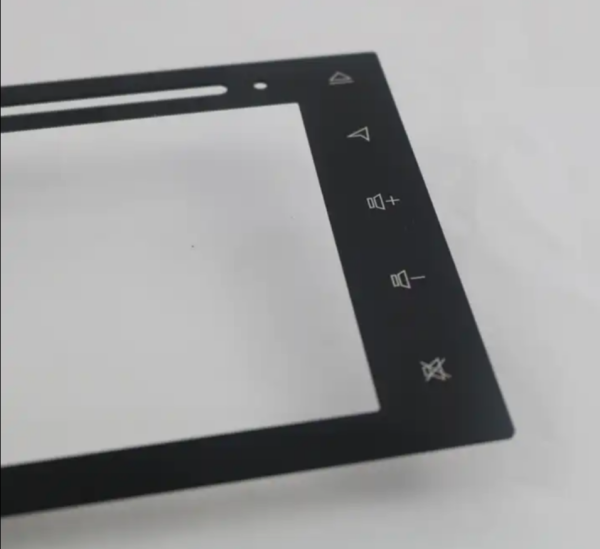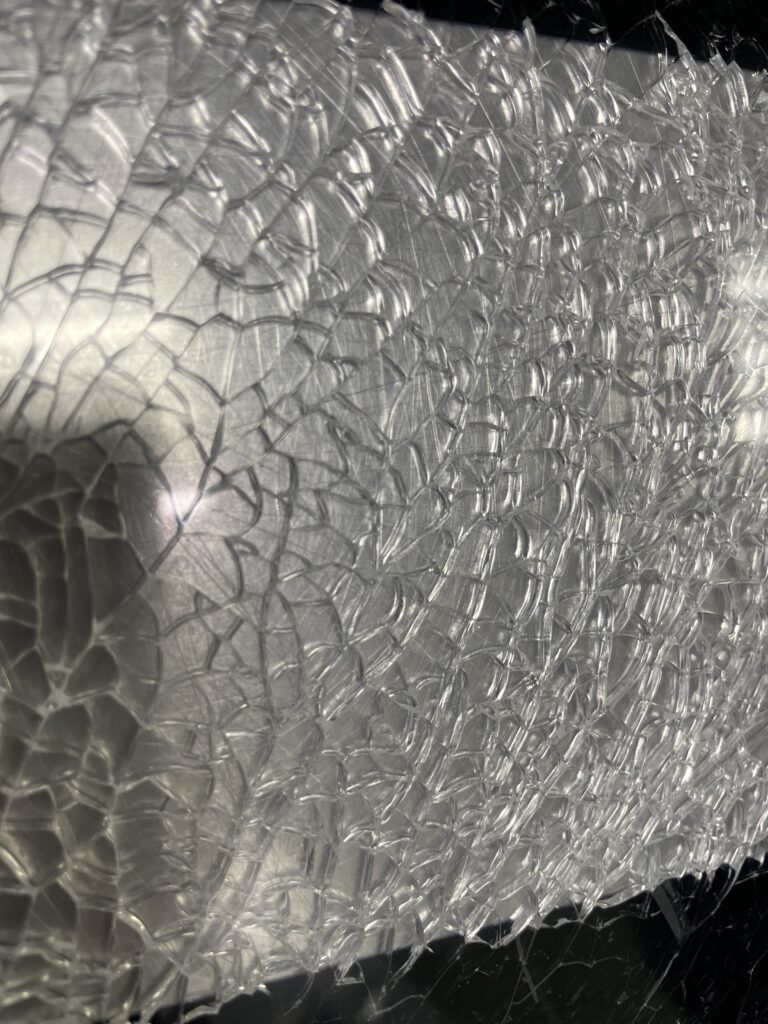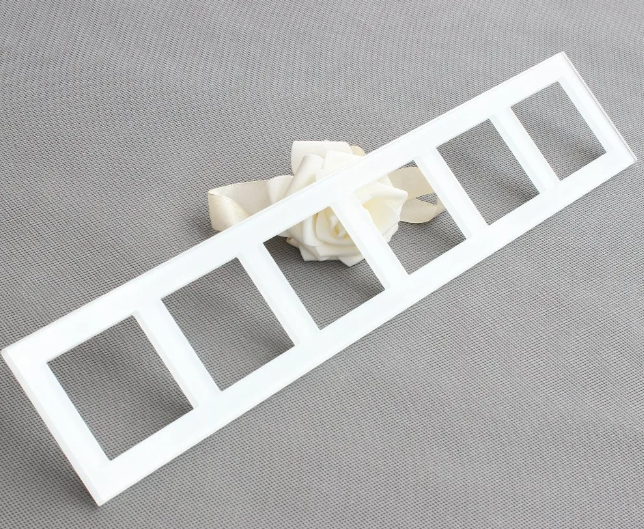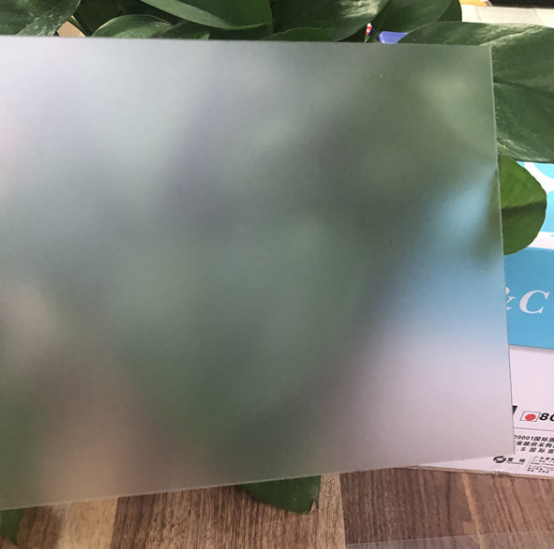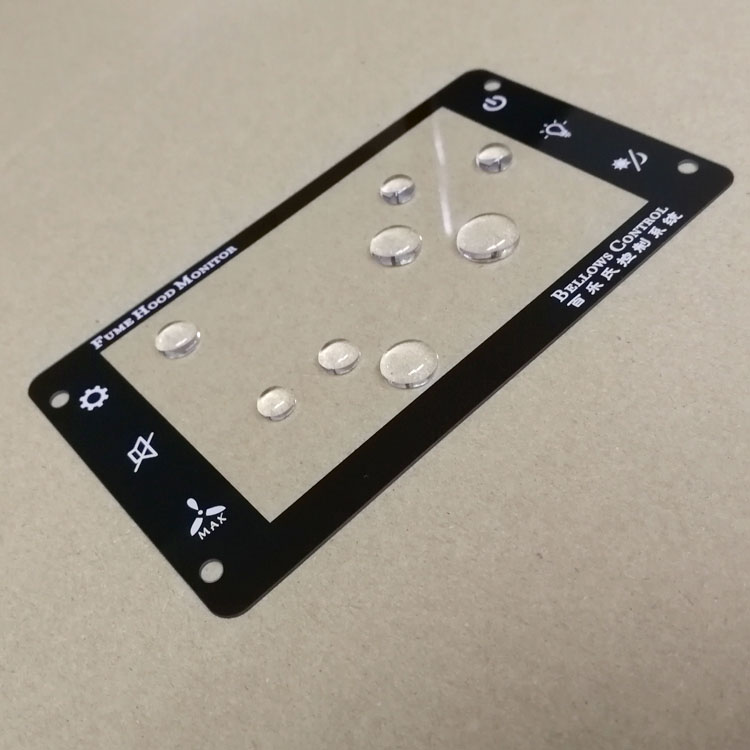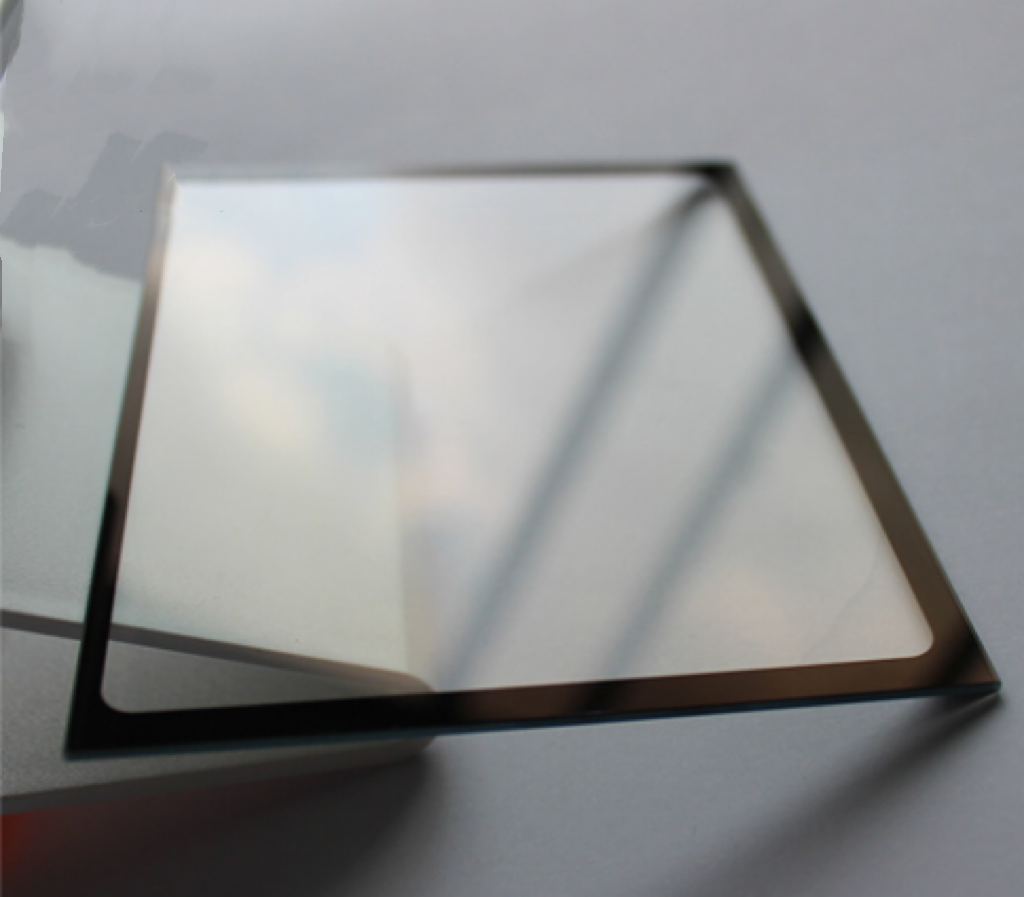
Introduction:
Etched glass, with its intricate designs and delicate craftsmanship, has long been revered for its beauty and elegance. From decorative home accents to architectural masterpieces, etched glass has found its place in history as a valuable art form. This article delves into the factors that make etched glass valuable, exploring its artistic significance, historical context, and contemporary market appeal.
- Artistic Significance:
Etched glass is a testament to the skill and artistry of glassmakers. The process involves creating intricate patterns or designs on the surface of glass by using abrasive materials or chemicals. This meticulous technique requires patience, precision, and a deep understanding of the medium. The resulting etchings, whether they depict nature, mythology, or abstract forms, showcase the artist’s creativity and technical expertise. As a result, etched glass pieces are often considered valuable due to their artistic significance and unique handmade nature. - Historical Context:
Etched glass has a rich history dating back centuries. It has adorned palaces, cathedrals, and stately homes, serving as a symbol of wealth and prestige. In the Middle Ages, etched glass windows were commissioned by nobility to depict religious narratives or coat of arms. During the Art Nouveau and Art Deco movements, etched glass gained popularity as a decorative element in furniture, mirrors, and lighting fixtures. The historical context surrounding etched glass adds to its value, as it represents a link to the past and carries the weight of cultural heritage. - Craftsmanship and Durability:
Etched glass is valued not only for its aesthetics but also for its durability. Skilled glass artists employ techniques that ensure the longevity of etchings. The depth and precision of the etchings, as well as the quality of the glass itself, contribute to the overall value of the piece. Unlike printed or painted designs, etched patterns are deeply embedded in the glass, making them resistant to fading, peeling, or scratching. This durability ensures that etched glass pieces retain their beauty and value for generations to come. - Versatility and Rarity:
Etched glass finds its place in a variety of applications, ranging from decorative objects to architectural elements. From vases and bowls to doors and windows, the versatility of etched glass allows it to enhance the ambiance of any space. While etched glass can be reproduced, truly exceptional pieces of etched glass are often rare and difficult to replicate. This rarity adds to their value, as collectors and enthusiasts seek out unique and one-of-a-kind examples of this art form. - Contemporary Market Appeal:
In today’s market, etched glass continues to captivate collectors, interior designers, and art enthusiasts alike. Its timeless elegance and ability to blend seamlessly into both traditional and modern settings make it a sought-after decorative element. Furthermore, etched glass is often viewed as an investment due to its potential for appreciation over time. As the demand for unique and handcrafted pieces grows, the value of well-executed etched glass is expected to rise.
Conclusion:
Etched glass holds a special place in the realm of art and design. Its artistic significance, historical context, craftsmanship, versatility, and rarity all contribute to its value. Whether as a decorative object or an architectural feature, etched glass continues to be cherished and sought after by those who appreciate its timeless appeal. As the appreciation for handmade and unique art forms persists, etched glass is likely to maintain its value and continue to enchant generations to come.


